Finland’s rye, often overshadowed by its more glamorous grain counterparts like wheat, holds a quiet yet profound significance in the country’s culinary and agricultural identity. Known for its robust flavor and dense texture, Finnish rye is more than just a staple—it’s a cultural emblem. The hardy crop thrives in Finland’s harsh climate, where shorter growing seasons and colder temperatures make it one of the few reliable grains for cultivation. This resilience has cemented rye’s place in the Finnish diet for centuries, shaping traditions from bread-making to distilling.
The story of Finnish rye begins with its unique growing conditions. Unlike wheat, which demands fertile soil and milder weather, rye flourishes in poor, acidic soils and can withstand frost. This adaptability made it a lifeline for Finnish farmers, particularly in regions where other crops struggled. The grain’s deep roots prevent soil erosion, a critical advantage in Finland’s fragile ecosystems. Over time, rye became synonymous with self-sufficiency, a symbol of the nation’s ability to endure and thrive despite environmental challenges.
Traditional Finnish rye bread, or ruisleipä, is perhaps the most iconic manifestation of this grain. Dark, sour, and incredibly hearty, it’s a far cry from the soft, fluffy breads popular elsewhere. The fermentation process, often involving a sourdough starter, can take days, resulting in a loaf with a tangy depth of flavor and a chewy crust. For Finns, ruisleipä isn’t just food—it’s a connection to history. Many families still bake it using methods passed down through generations, with some recipes dating back hundreds of years.
Beyond bread, rye plays a starring role in Finnish beverages. Sahti, a traditional farmhouse ale, incorporates rye malt alongside juniper berries, yielding a brew that’s earthy, spicy, and distinctly Finnish. Then there’s rye whisky, a newer but growing niche in Finland’s distilling scene. Producers like Kyrö Distillery have gained international acclaim for their rye-centric spirits, showcasing the grain’s versatility beyond the bakery. These innovations are breathing new life into an ancient crop, proving that rye’s potential is far from exhausted.
Modern Finnish agriculture continues to rely on rye, though its role has evolved. While consumption of traditional rye bread has declined slightly in urban areas, health trends are sparking renewed interest. Rye’s high fiber content, low glycemic index, and rich nutrient profile align perfectly with contemporary demands for wholesome, sustainable foods. Farmers are also exploring organic and heritage rye varieties, catering to both local and export markets. In a world increasingly focused on sustainability, Finnish rye offers a model of how traditional crops can adapt to modern needs.
The global rise of Nordic cuisine has further elevated rye’s profile. Internationally renowned chefs have embraced its bold flavors, incorporating it into everything from artisanal pastries to haute cuisine. This newfound appreciation has turned Finnish rye into an ambassador of sorts, introducing global audiences to the depth of Nordic food culture. Yet, for all its international appeal, rye remains deeply rooted in Finnish identity—a humble grain that tells a story of resilience, tradition, and innovation.
Looking ahead, the future of Finnish rye seems bright. Climate change, while posing challenges, may ironically expand rye’s cultivation range as temperatures shift. Researchers are also investigating ways to enhance its nutritional properties and yield, ensuring its relevance for generations to come. Whether in a crusty loaf of ruisleipä, a glass of sahti, or a cutting-edge whisky, Finnish rye continues to prove that some of the most enduring legacies are built on the simplest foundations.

By /May 26, 2025
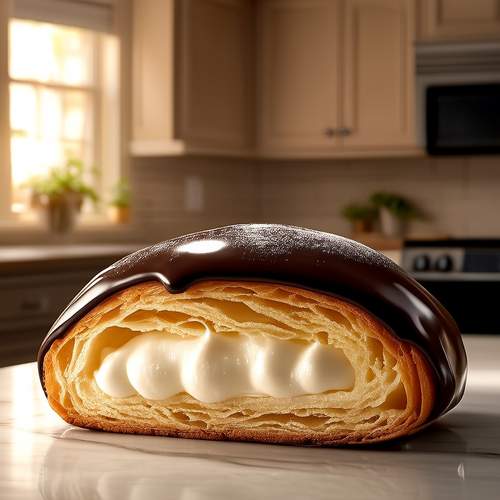
By /May 26, 2025
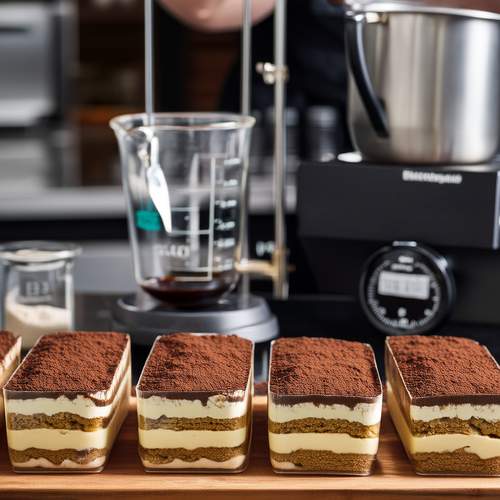
By /May 26, 2025
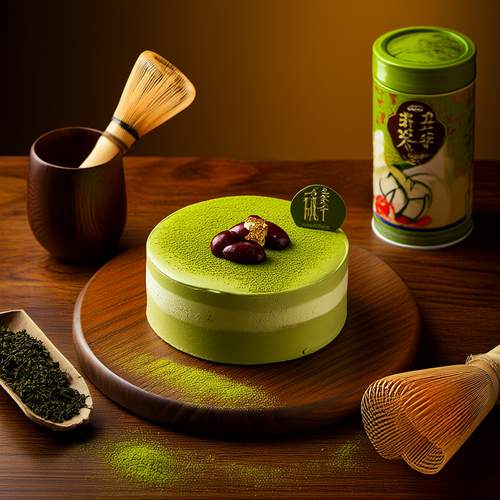
By /May 26, 2025
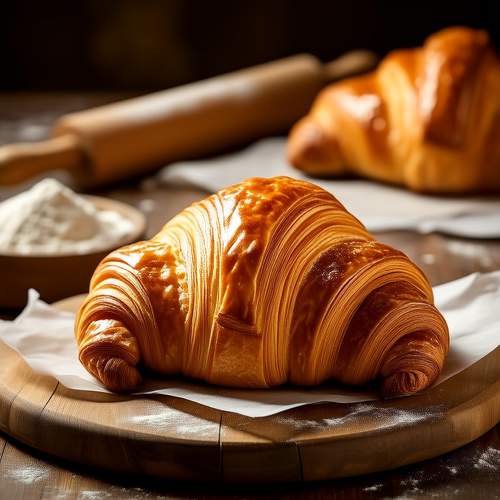
By /May 26, 2025

By /May 26, 2025

By /May 26, 2025
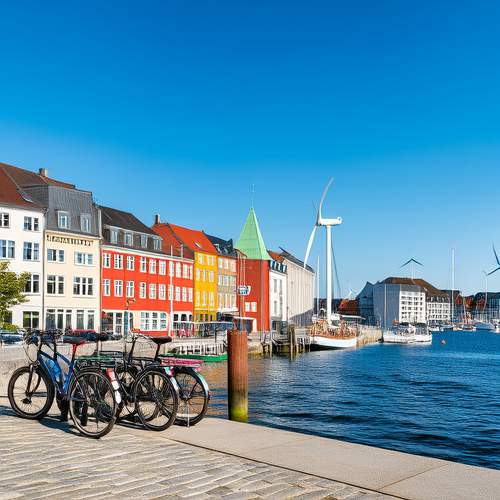
By /May 26, 2025
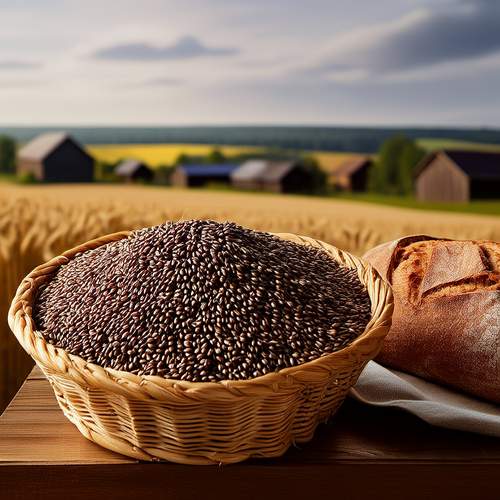
By /May 26, 2025
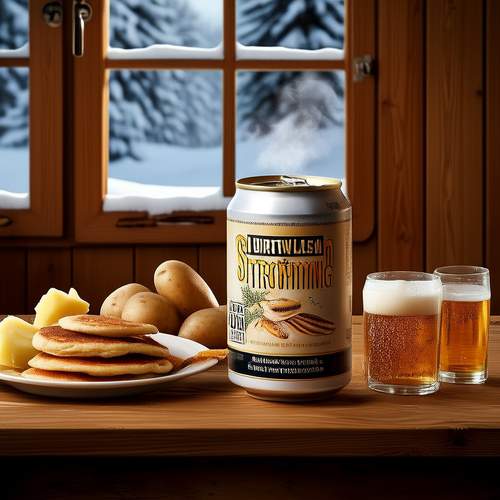
By /May 26, 2025
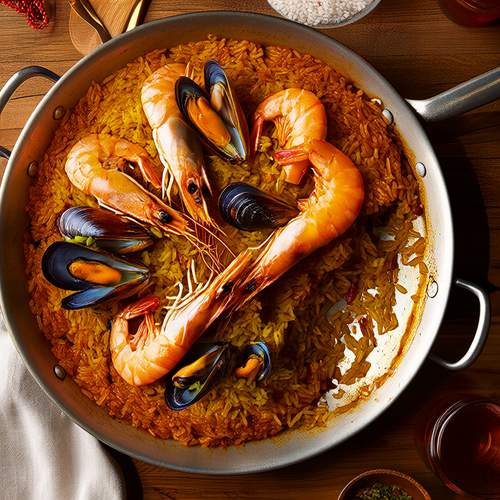
By /May 26, 2025
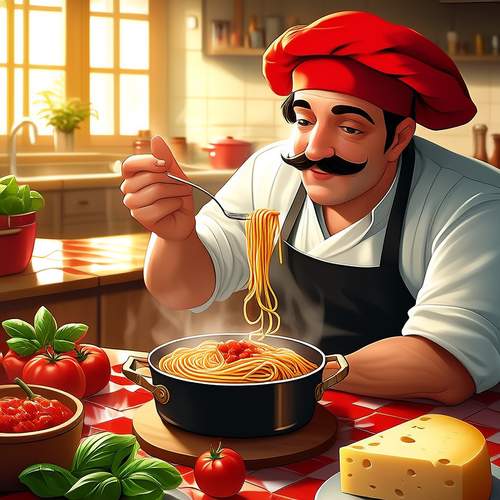
By /May 26, 2025
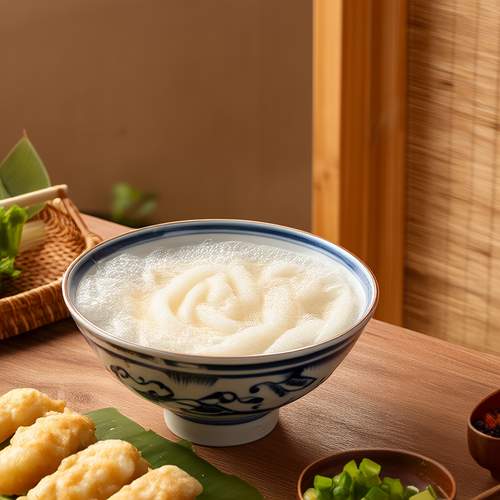
By /May 26, 2025
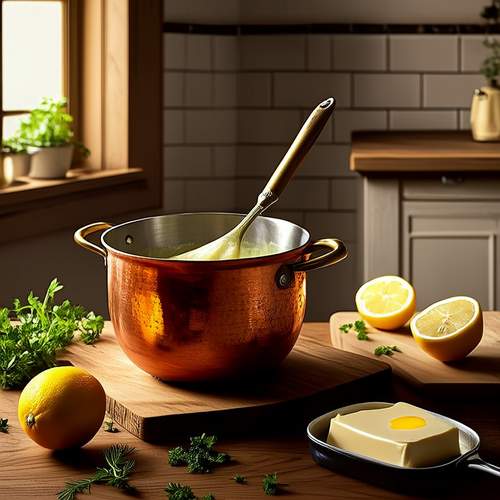
By /May 26, 2025

By /May 26, 2025

By /May 26, 2025
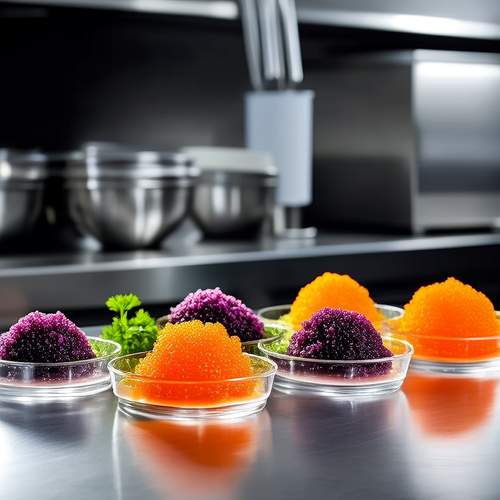
By /May 26, 2025
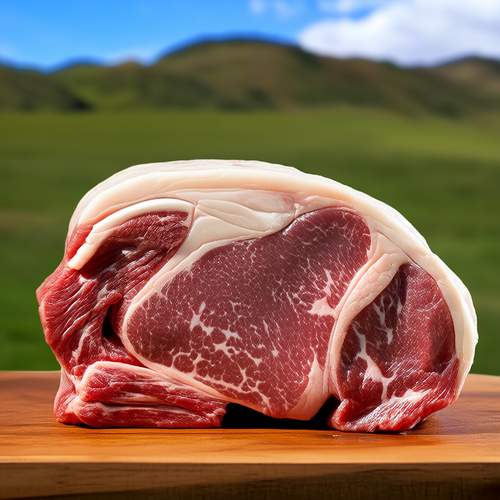
By /May 26, 2025
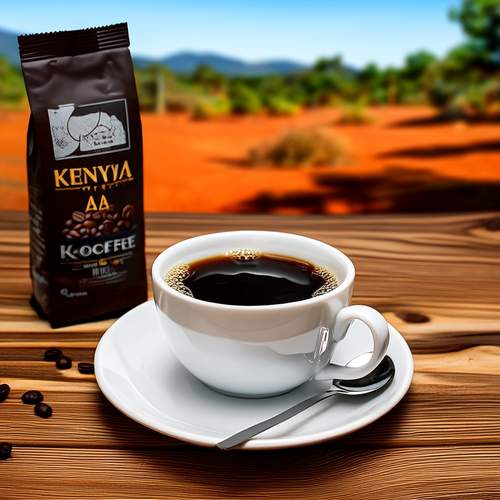
By /May 26, 2025
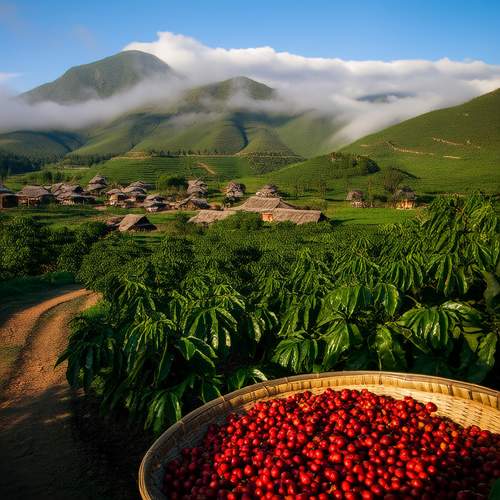
By /May 26, 2025